Introduction
As the global push for sustainable and eco-friendly packaging intensifies, Pulp Molded Egg Tray Machines have emerged as pivotal equipment in the packaging industry. These machines manufacture egg trays from recycled paper pulp, providing an environmentally responsible alternative to plastic and foam packaging.
A pulp molded egg tray machine converts waste paper and water into a slurry pulp, which is then molded into durable, biodegradable egg trays. These trays protect eggs during storage and transportation while reducing plastic pollution and promoting a circular economy.
This article explores pulp molded egg tray machines extensively, detailing technical parameters, key features, benefits, application areas, operational guidelines, and answers to common questions. Whether you're a manufacturer, poultry farmer, or packaging professional, this guide will equip you with valuable insights for effective machine use and selection.
Technical Parameters of Pulp Molded Egg Tray Machines
Understanding the core specifications of pulp molded egg tray machines is crucial for selecting the right model for your production needs.
1. Production Capacity
Measured in pieces per hour (pcs/h).
Typical capacities range from 1000 to 10,000+ pcs/h depending on machine size and automation.
2. Mold Cavities
Number of cavities per mold: 12, 18, 24, or customizable.
More cavities mean higher simultaneous production.
3. Machine Power
Voltage typically 220V, 380V, or as per local standards.
Power consumption ranges from 5kW to 50kW depending on the machine’s components and features.
4. Machine Dimensions
Vary widely; important for factory layout planning.
Includes length, width, height, and weight.
5. Drying System
Types include hot air drying, steam drying, or solar drying.
Drying time varies from 5 to 30 minutes.
6. Automation Level
Semi-automatic: Manual loading and unloading.
Fully automatic: Includes pulp feeding, molding, drying, dewatering, stacking.
7. Raw Material Compatibility
Key Features of Pulp Molded Egg Tray Machines
Modern pulp molded egg tray machines are equipped with features that boost production efficiency, product quality, and ease of use.
1. Vacuum Molding Technology
2. Interchangeable Molds
3. Energy Efficiency
4. Robust Build
5. User-Friendly Controls
PLC touchscreens for easy operation and parameter adjustments.
Programmable settings for speed, vacuum pressure, drying time.
6. Automatic Pulp Feeding
7. Compact Design
Advantages of Pulp Molded Egg Tray Machines
1. Environmental Sustainability
Utilizes recycled materials, reducing landfill waste.
Produces biodegradable and compostable packaging.
2. Cost Efficiency
3. High Production Efficiency
4. Versatility
5. Improved Product Quality
6. Easy Operation and Maintenance
Application Scenarios
1. Poultry Farms
2. Packaging Companies
3. Agricultural Product Packaging
4. Electronics and Industrial Packaging
5. Recycling and Waste Management
Step-by-Step Operation Guide
Step 1: Raw Material Preparation
Collect and shred waste paper, cardboard, or newspaper.
Soak and blend into pulp slurry.
Step 2: Pulp Loading
Step 3: Parameter Setup
Set molding speed, vacuum pressure, and drying time on control panel.
Adjust based on tray specifications.
Step 4: Molding Process
Step 5: Drying
Use hot air, steam, or solar drying to harden trays.
Dry until moisture content is minimal for strength.
Step 6: Unloading and Stacking
Step 7: Maintenance
Regular cleaning of molds and suction holes.
Inspect vacuum pumps and drying units.
Replace worn parts as needed.
Maintenance Tips
Clean molds and suction holes daily.
Check and refill vacuum pump oil regularly.
Keep drying system clean to maintain efficiency.
Inspect electrical components frequently.
Lubricate moving parts per manufacturer’s guidelines.
Replace worn or damaged parts promptly.
Frequently Asked Questions (FAQs)
Q1: What raw materials are used in pulp molded egg tray production?
Mostly recycled paper, cardboard, newspapers, and sometimes agricultural fibers.
Q2: How long does it take to produce one egg tray?
Cycle times vary but can be seconds per tray; machines can produce thousands per hour.
Q3: What drying methods are available?
Hot air drying, steam drying, and solar drying are common.
Q4: Can the machine produce different sizes of trays?
Yes, by changing molds, various tray sizes and cavity numbers can be produced.
Q5: Are pulp molded trays waterproof?
No, they are water-resistant but not waterproof unless specially treated.
Q6: Can these machines produce other products?
Yes, fruit trays, seedling trays, and industrial packaging can also be made.
Q7: How is maintenance performed?
Routine cleaning, vacuum pump oil changes, drying system checks, and part replacements.
Q8: What is the machine lifespan?
Typically 5-10 years with proper care.
Q9: How much space does the machine require?
Depends on model size; compact machines require minimal floor space.
Q10: Is the machine energy efficient?
Modern machines have energy-saving features; actual consumption varies by model.
Conclusion
Pulp molded egg tray machines are essential in today’s eco-conscious packaging industry. They produce sustainable, biodegradable trays from recycled materials, addressing environmental concerns while maintaining product quality and cost efficiency.
Understanding technical parameters, machine features, and operational best practices helps businesses select the right machine and maximize productivity. Whether for poultry farms, packaging manufacturers, or recycling centers, pulp molded egg tray machines offer a green, cost-effective packaging solution that meets growing market demands.
Company Profile
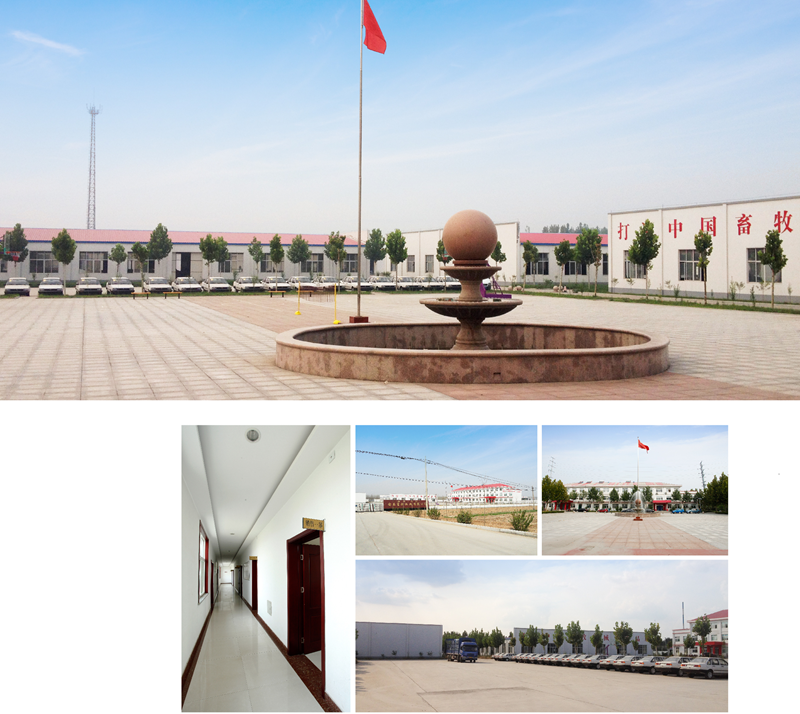
Shandong Huimin Qinle Livestock Machinery Co., Ltd. (formerly Shandong Huimin Qinle Livestock Machinery Factory) is a professional poultry equipment manufacturer with over 20 years of experience. We offer a comprehensive service package, from design (land and chicken coops), production (equipment and prefabricated steel coops), installation, commissioning, customer training, and after-sales service.
Located in Huimin County, Binzhou City, Shandong Province, China, the company has extensive experience in mechanical processing and manufacturing, as well as livestock machinery production and operation. With fixed assets of RMB 15 million, the company employs 160 people, including 30 R&D staff, and occupies a 40,000-square-meter factory. Equipped with over 110 pieces of advanced precision production equipment, including CNC machining centers and laser cutting machines, the company boasts a production capacity of RMB 50 million.
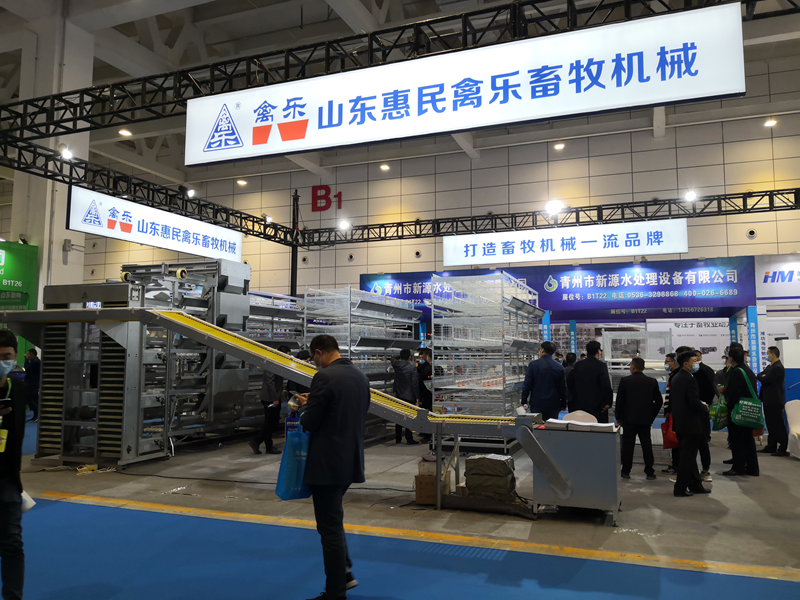


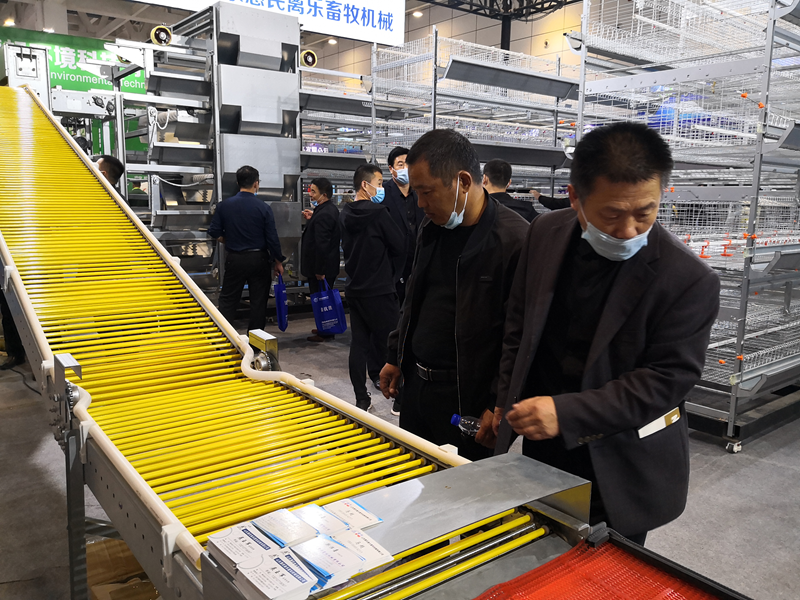
Chicken Farming Equipment Mesh Production Workshop

Machining Workshop

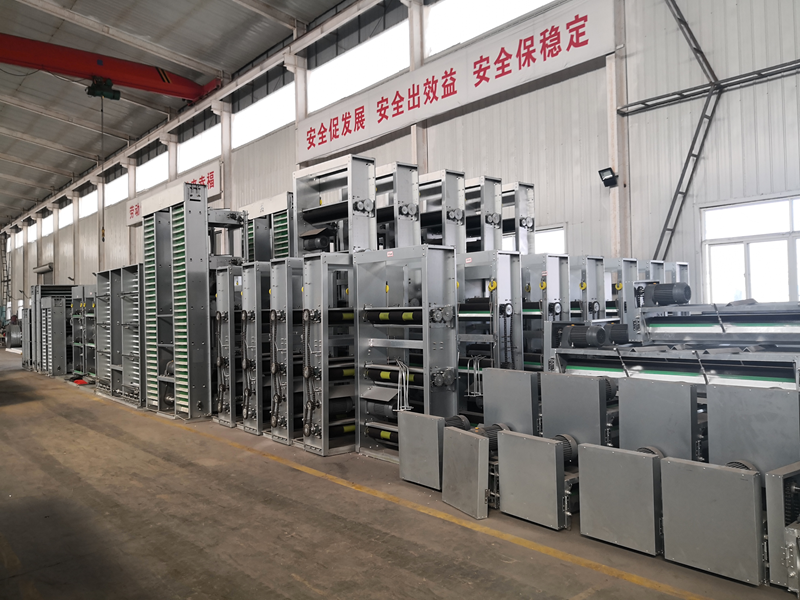
Turret-type CNC Punch Press, Laser Cutting and Other Machining Equipment



Fully Automated Roll Forming Production Line

Hot-dip Galvanizing Production Line

Electroplating Production Line

Environmental Protection Equipment

Chicken Farming Equipment Product Series
Egg-laying Hen Farming Equipment
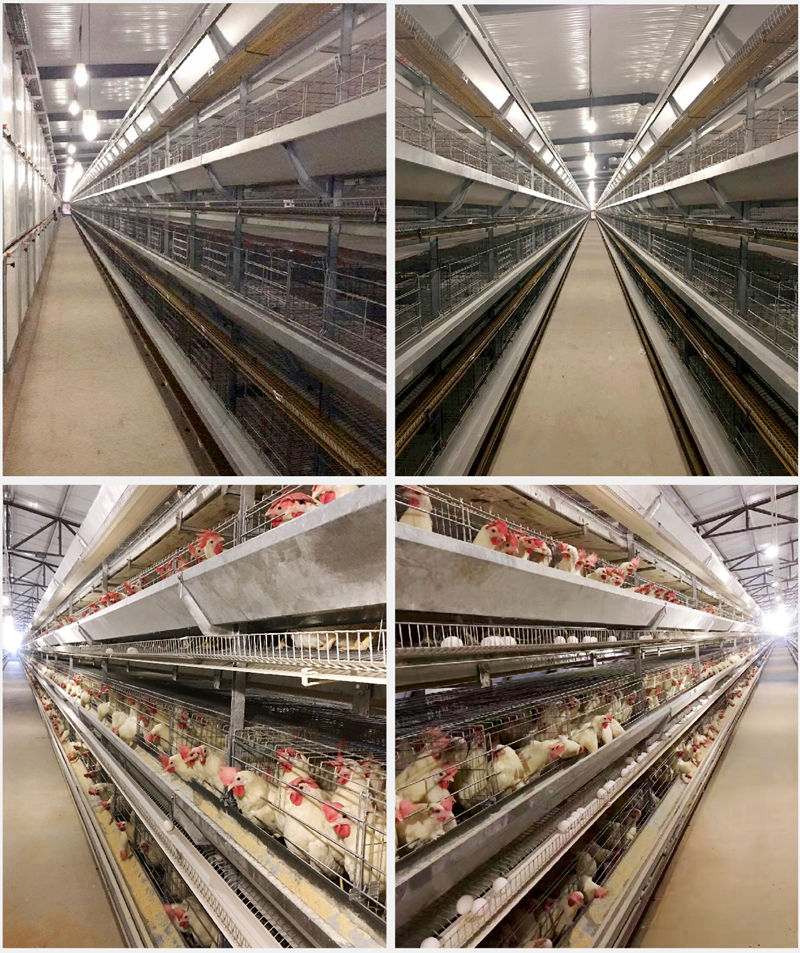
Stacked Brooding Cage Equipment

Stacked Broiler Cage Equipment
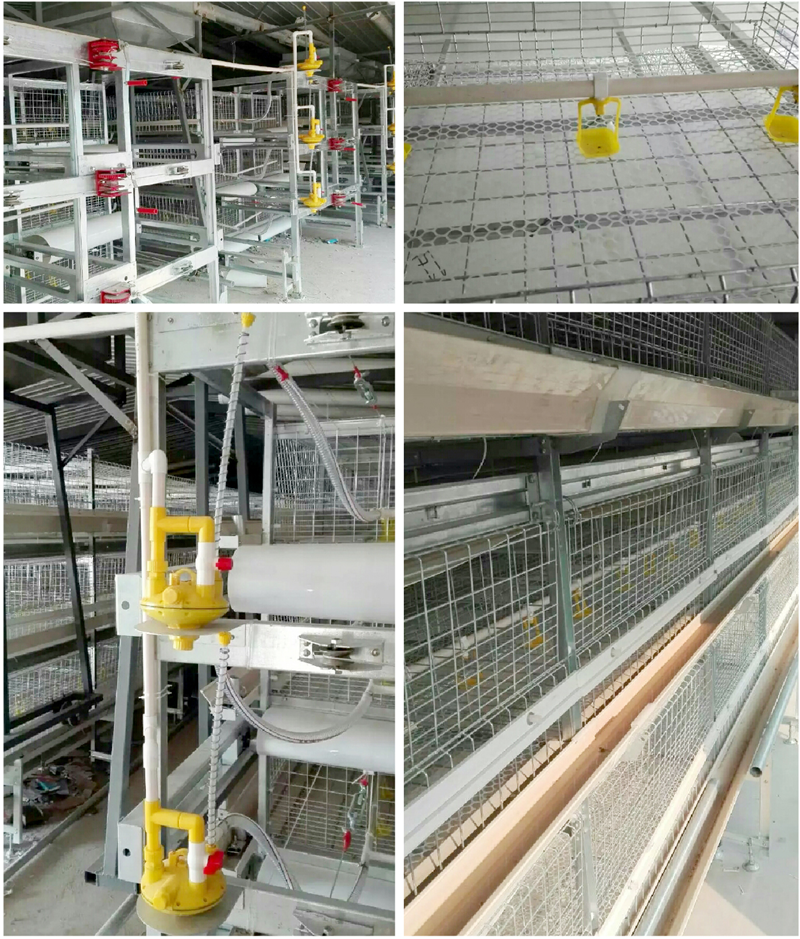
Stepped Layer Hen Cage Rearing Equipment
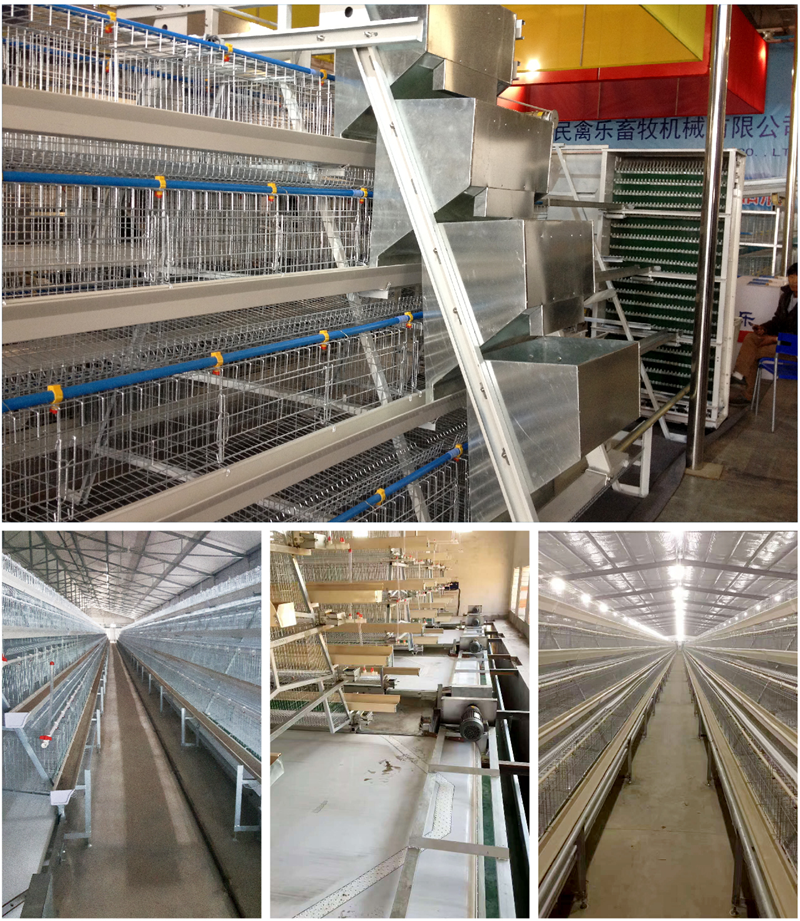
Automatic Egg Collection System

H-type Cage Feeding Machine
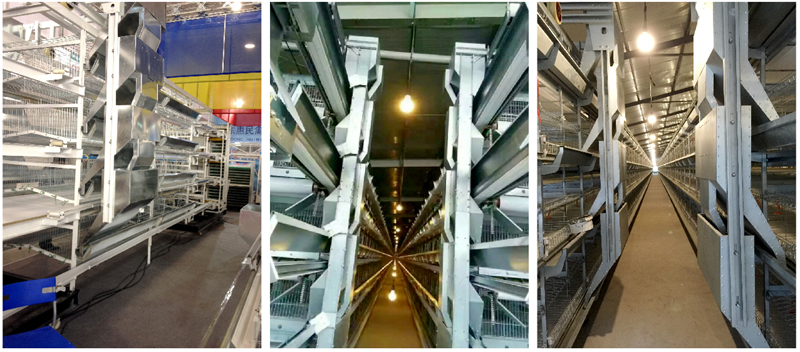
Stepped Cage Straddle Feeder
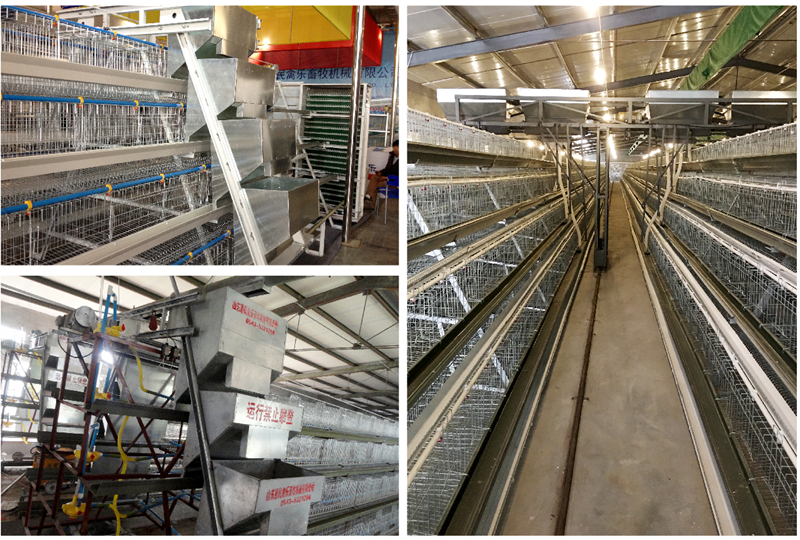
Manure Removal Machine

Fans, Heated Curtains, Environmental Control Systems, and Lighting Equipment
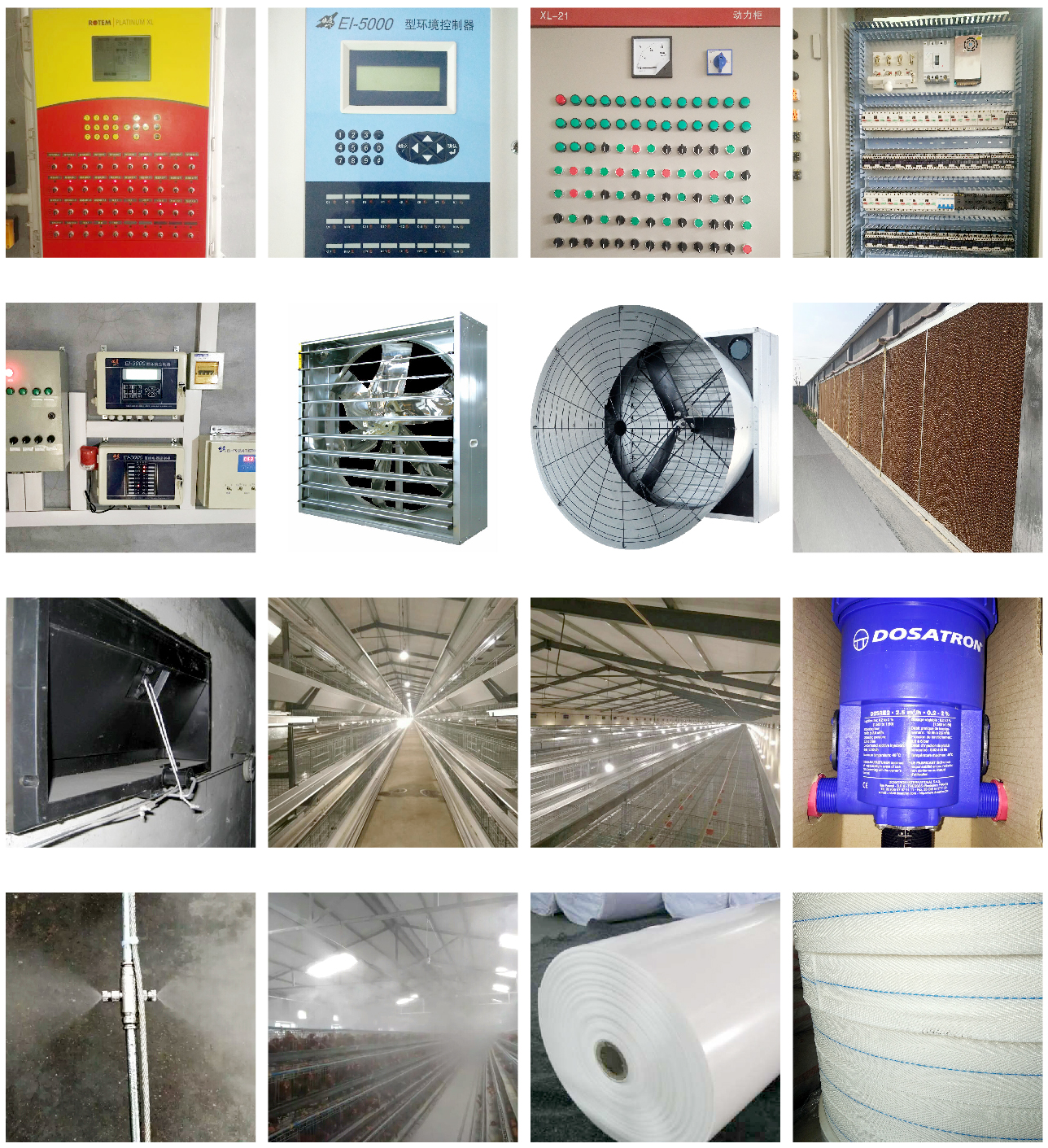
Complete Set of Equipment for Organic Fermentation Treatment of Manure


 Catalogue
Catalogue






























 واتس اب
واتس اب هاتف
هاتف